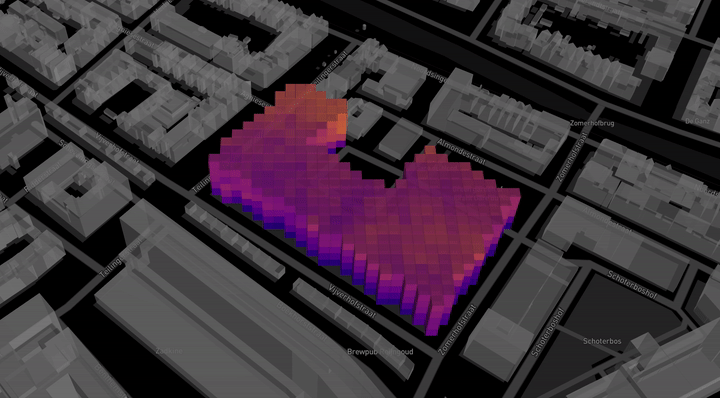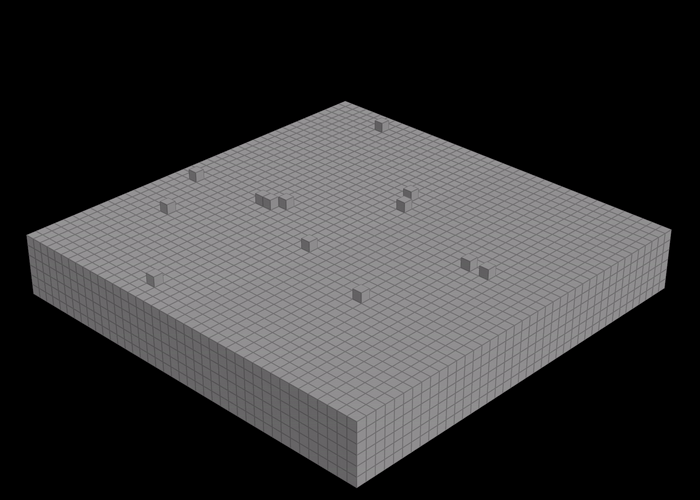emergentium.io is an open and accessible simulation platform for urban and spatial simulations, founded by Shervin Azadi and Nour Abuzaid. It aims to facilitate research on multi-dimensional, multi-criteria and multi-actor aspects of the built environment by providing a dynamic and interactive simulation platform that focuses on decentralized spatial simulations. Emergentium primarily focuses on differentiated discrete simulation space embedded in geo-spatial platforms, customizable computational agents and rule-sets, and online participatory capabilities of interacting with the simulations.
The project builds upon the potentials provided by the digital turn in architecture in imitating the natural growth processes, creating abstract urban simulation models, and providing mediums for sharing knowledge in the AEC industry, like BIM. Nonetheless, it aims to further explore these potentials by activating the participatory aspect of urban form-making, simulating urban growth based on the use of architectural/geometric elements, and creating a design platform for the participation of non-professional actors within a ‘gamified’ simulation.
The failure of many participatory design attempts can be attributed to the lack of a rigorous framework for structuring the complexity associated with conflicting goals and requirements. We argue that this complexity can be facilitated with the use of computational design systems that work as a mediating layer and a methodological framework for dealing with large-scale design problems. Therefore, the proposed model is consistent with a web-based graphical interface essential for engaging the different actors, and a ‘backend’ computational solver that structures the associated complexity based on given rule-sets.
An important aspect of this research is studying the relation between design rules and the emergent spatial configurations. Therefore, participants need to formulate their preferences into a formal grammar (rule-set), which will later be implemented using an agent-based simulation model. The implementation of these rule-sets reveals the different qualities associated with their wide-spread application in the urban configuration. This in return helps the participants in evaluating the rule-sets themselves and developing them accordingly within feedback loops. Within such a model, the role of the designer’s shifts from creating products to creating systems that act as vehicles for participatory design.

